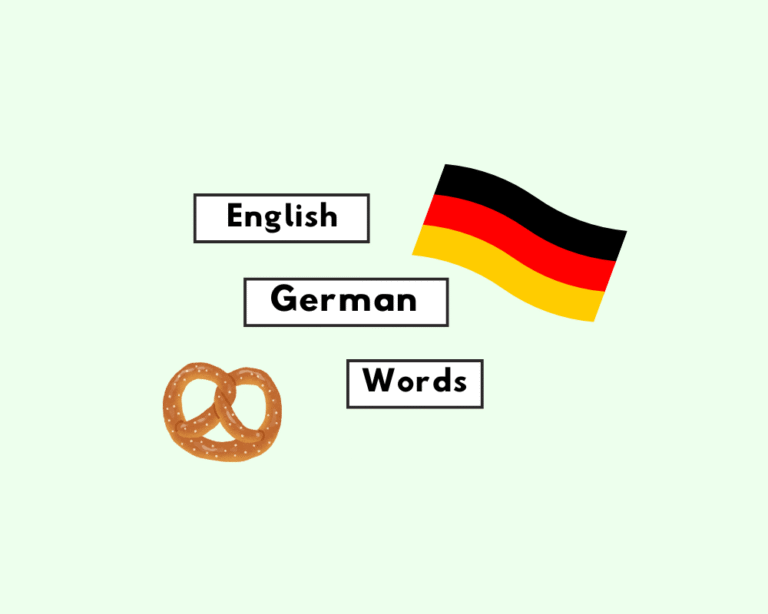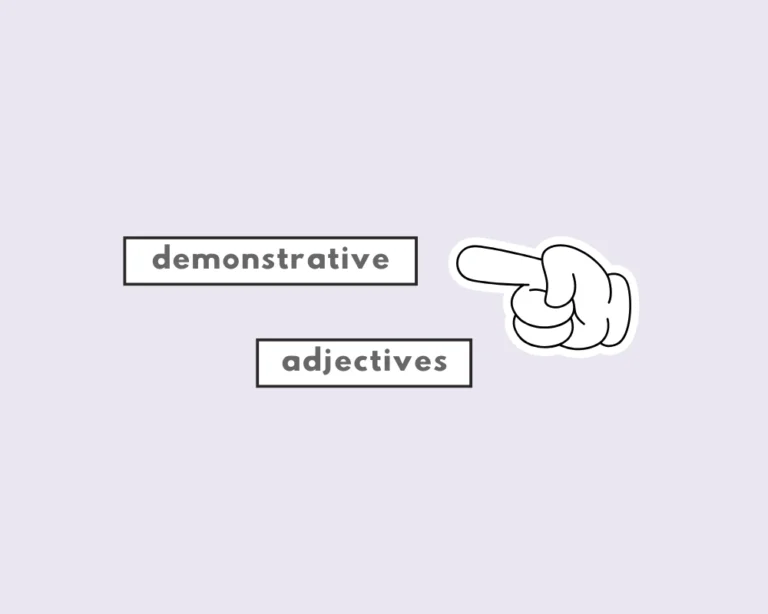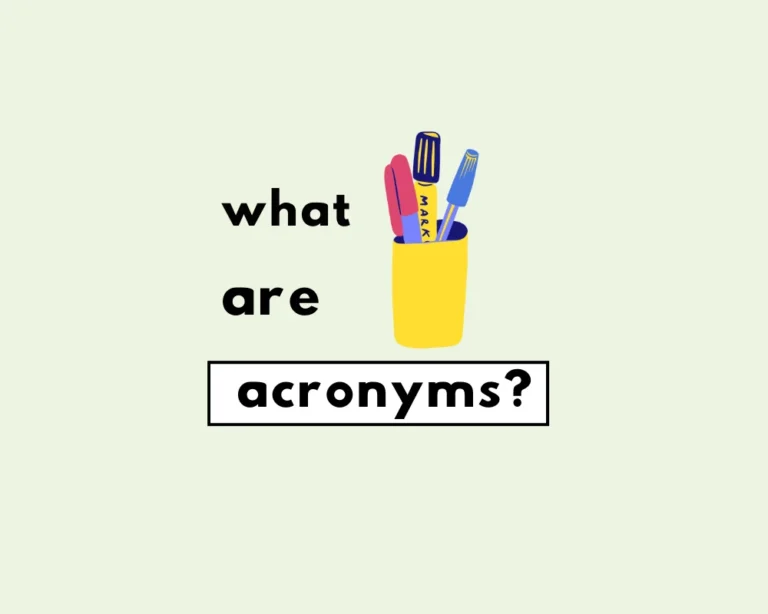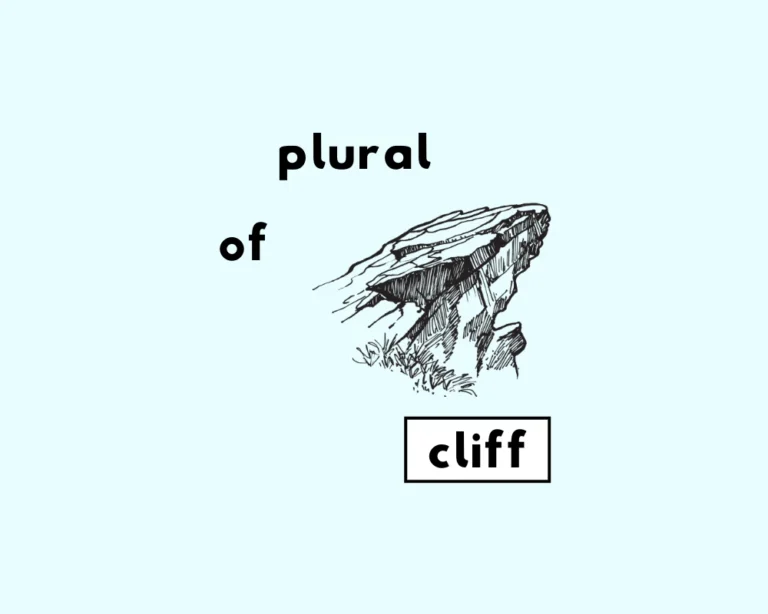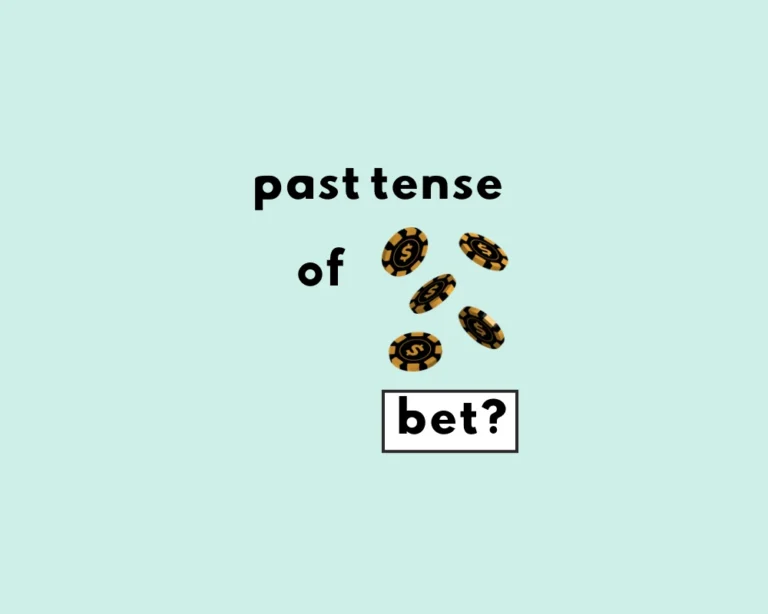What’s the plural of “tooth”?

My baby’s first tooth appeared last week.
You should brush your teeth regularly.
My baby has two new tooth.
I have a loose teeth.
For today’s lesson on irregular plurals, we’re taking on the tooth. For the short answer, the plural of tooth is teeth. If you’re champing at the bits to learn why and how teeth came to be the plural of tooth—keep reading.

What are teeth?
As a matter of course, let’s define the subject matter first. A tooth, according to Merriam-Webster, is understood as:
“One of the hard bony appendages that are borne on the jaws or in many of the lower vertebrates on other bones in the walls of the mouth or pharynx and serve especially for the prehension and mastication of food and as weapons of offence and defence.”
In English, teeth (pl.) are basically bones that grow in the mouth and are used for ‘mastication‘ i.e. chewing food.
What’s the singular of tooth?
Tooth singular is tooth: ‘My tooth hurts.’
Other irregular plural nouns (the I-umlaut/I-mutation)
Tooth is an irregular plural noun. Irregular plurals are nouns that do not end in -s or -es in their plural form: books, phones, tables, chairs, and dogs are all regular plural nouns, since they all end in -s or -es. Then there are the irregular plural nouns; examples of which are the tooth, foot, and let’s throw a goose into the irregular-plural-noun salad, for good measure (also, lice and dice).
These nouns are called irregular because their plural forms forego the -s/-e, and instead, each of these nouns drop the o‘s in exchange for e‘s to convey plurality (more than one).
Why is this a thing in English? Unless John Oliver has answered the question on HBO, to our knowledge and awareness, these nouns in English all reflect the I-mutation, also called the I-umlaut (pronounced uhm-lout). These terms describe the effect of uprooting the vowels in the singular form to another vowel in the plural.
It’s commonly thought that English as a language is based in Greek and Latin. Though there are words that derive from Greek and Latin, the most of English comes from the Germanic languages, or Proto-Indo-European languages (PIE.) The Germanic languages notably had more than the one potential ending of -s/-es to denote a noun as plural.
That the plural of “tooth” is “teeth,” associate the change in spelling with the change in sound—the “oo” sound morphs into an “ee” sound.
Examples of tooth used in application (in sentences)
1. This mixture, initially the texture of wet sand, is placed into the tooth cavity.
2. Oral diseases such as gum inflammation, cavities, tooth decay and other infections should be treated early.
3. I know two mothers with toddlers who nurse several times a night and have extensive tooth decay and cavities.
4. Erin also made it a point to treat her sweet tooth every day with a small piece of chocolate, hard candy or licorice.
5. If people want to believe in tooth fairies, or leprechauns, or hobgoblins, or taniwha, or whatever, it is their right to do that.
Examples of teeth used in application
1. Sharks grow a new set of teeth every two weeks to replace worn teeth.
2. Following the example of numerous celebrities, it is fast becoming the norm to have your teeth whitened professionally.
3. I told my dentist my teeth are going yellow. he told me to wear a brown tie. (Rodney Dangerfield)
4. I smiled at my reflection and my pearly white teeth were visible and stood out from my tanned face.
5. Wisdom teeth problems are more common among European whites compared to Orientals and blacks.
Synonyms for tooth/teeth
- bicuspid
- cuspid
- fang
- molar
- ivory
- premolar
- incisor
- teeth
- eyetooth
Origin of the word tooth/teeth
According to etymonline, tooth comes from:
“Old English toð (plural teð), from Proto-Germanic tanthu- (source also of Old Saxon, Danish, Swedish, Dutch tand, Old Norse tönn, Old Frisian toth, Old High German zand, German Zahn, Gothic tunþus), from PIE root teeth is an instance of i-mutation.”
What’s the difference between they’re, their, and there?
Work Sheet
What is the correct plural form of the noun “tooth”?
According to the post, which of these nouns is considered an irregular plural noun?
What grammatical change occurs to make “tooth” plural, according to the post?
Which of the following sentences uses the correct form of “tooth” or “teeth”?
What is the singular form of “teeth”?
My baby’s first appeared last week.
Irregular plural nouns like do not end in -s or -es in their plural form.
The plural of “goose” is , which is another example of an irregular plural noun.
English gets many irregular plural nouns like tooth/teeth from languages.
Changing inner vowels to form plurals, like in tooth/teeth, is sometimes called the I-mutation or I-.
Frequently Asked Questions
What is the correct plural of “tooth”?
+
How do I use ‘tooth’ vs ‘teeth’?
+
What are common mistakes using ‘tooth’/’teeth’?
+
Why is ‘teeth’ the plural of ‘tooth’?
+
What type of noun is ‘tooth’?
+
Yash, D. "What’s the Plural of Tooth?." Grammarflex, Jun 17, 2025, https://www.grammarflex.com/whats-the-plural-of-tooth/.
Sources
-
Example sentences from word hippo.com.


